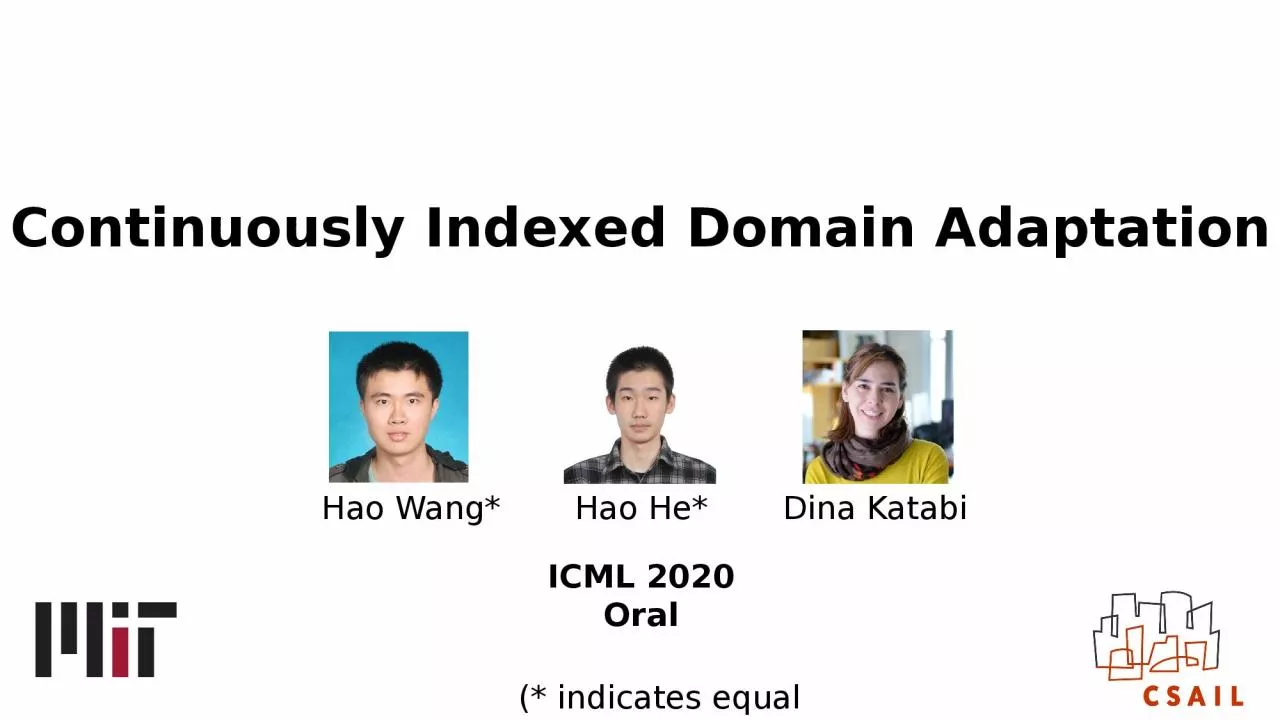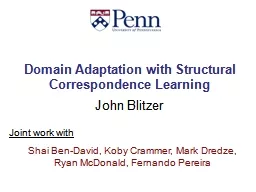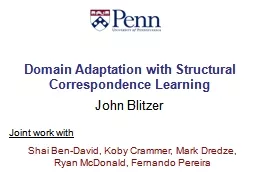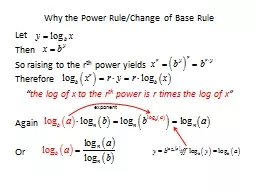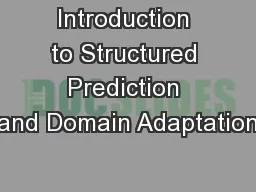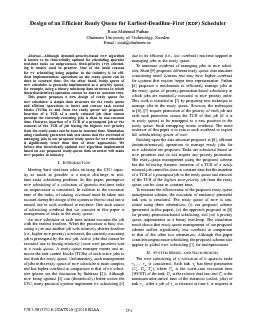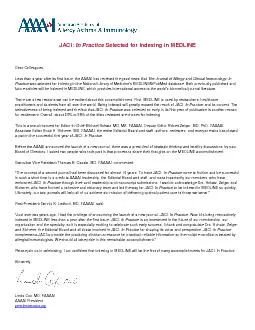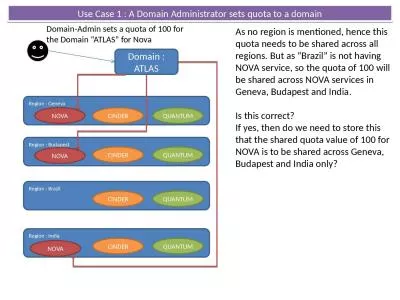PPT-Continuously Indexed Domain Adaptation
Author : Powerpixel | Published Date : 2022-08-01
indicates equal contribution Hao He Dina Katabi Hao Wang ICML 2020 Oral Domain Adaptation One to One Source Domain Target Domain and Many to One Single
Presentation Embed Code
Download Presentation
Download Presentation The PPT/PDF document "Continuously Indexed Domain Adaptation" is the property of its rightful owner. Permission is granted to download and print the materials on this website for personal, non-commercial use only, and to display it on your personal computer provided you do not modify the materials and that you retain all copyright notices contained in the materials. By downloading content from our website, you accept the terms of this agreement.
Continuously Indexed Domain Adaptation: Transcript
Download Rules Of Document
"Continuously Indexed Domain Adaptation"The content belongs to its owner. You may download and print it for personal use, without modification, and keep all copyright notices. By downloading, you agree to these terms.
Related Documents

